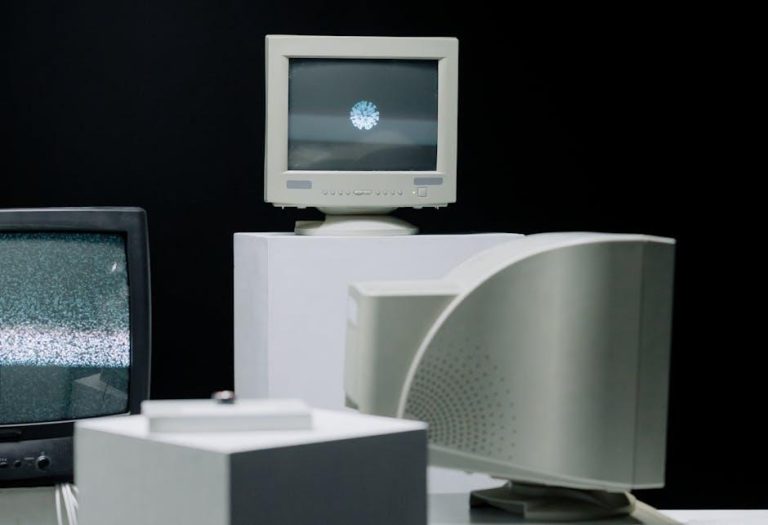
New Digital Lab Offers High-Tech Training for Dental Students – Temple University
Temple University is setting a new benchmark in dental education by unveiling its state-of-the-art digital dental lab, designed to provide dental students with hands-on experience using the latest industry technology. This innovative facility combines advanced digital tools, immersive simulation experiences, and cutting-edge software that prepare aspiring dentists for the rapidly evolving world of digital dentistry.
Introduction to Temple University’s Digital Dental Lab
The field of dentistry is rapidly transforming with the integration of digital technologies such as 3D imaging, CAD/CAM systems, and virtual reality simulations. Recognizing this shift, Temple University launched its new digital dental lab to equip students with technical skills aligning with modern dental practice standards. The lab fosters an interactive learning environment where theory meets practice through high-tech instruments and software solutions.
Features of the High-Tech Digital Dental Lab
Temple University’s digital lab is not just a classroom—it’s a cutting-edge training facility incorporating various tools and resources that empower students’ clinical training:
- 3D Intraoral Scanners: Allowing students to capture accurate dental impressions without traditional molds.
- CAD/CAM Milling Machines: Enabling the design and manufacturing of dental prosthetics on-site.
- Virtual Reality Simulation: Giving students a realistic environment to practice complex procedures without patient risk.
- Digital Radiography and Imaging: Providing clear, detailed views of dental anatomy to improve diagnostic accuracy.
- Integrated Software Platforms: Facilitating case planning, treatment simulations, and patient communication.
Benefits of Digital Dentistry Training for Students
Integrating digital technology in dental education offers numerous advantages, both academically and professionally. Here are some key benefits Temple students enjoy:
- Enhanced Skill Development: Practical experience with modern equipment prepares students for real-world dental practice.
- Precision and Efficiency: Digital tools reduce errors and improve workflow through more accurate data collection and faster fabrication.
- Better Patient Outcomes: Early exposure to digital workflows ensures future graduates can implement advanced techniques for superior care.
- Increased Employability: Familiarity with emerging technologies differentiates graduates in a competitive job market.
- Collaborative Learning Environment: Students work alongside instructors and peers on interactive cases, nurturing teamwork and problem-solving.
Table: Comparison Between Traditional and Digital Dental Training
| Aspect | Traditional Training | Digital Training at Temple |
|---|---|---|
| Impression Technique | Physical molds with alginate or silicone | 3D intraoral digital scanning |
| Prosthetic Fabrication | Manual wax-ups and casting | CAD/CAM milling and 3D printing |
| Procedure Practice | Plastic teeth & typodont models | Virtual reality simulation & haptic devices |
| Diagnostic Imaging | Film-based X-rays | Digital radiography and 3D CBCT |
| Workflow Integration | Manual transfer of data | Software-driven case planning & communication |
First-Hand Experience: What Students Say
Dental students at Temple University have shared inspiring feedback about the digital lab’s impact on their education. Sarah Mitchell, a third-year dental student, states, “Using the intraoral scanner for the first time was eye-opening. It feels more patient-friendly, and I can see how it saves time in the clinic. The VR simulations gave me confidence before working on actual patients.”
Another student, James Lee, adds, “Hands-on training with CAD/CAM technology is crucial. It allows us to understand the entire process from diagnosis to restoration fabrication. I feel much more prepared to join a digitally-enabled practice after graduation.”
Practical Tips for Students Embracing Digital Dentistry
To maximize learning in this high-tech environment, dental students can apply the following tips:
- Engage Actively: Participate in all lab sessions and practice frequently with the digital tools provided.
- Stay Updated: Follow emerging digital dentistry trends and software updates through journals and online courses.
- Collaborate with Peers: Share knowledge and troubleshoot challenges collectively in the lab.
- Seek Feedback: Ask instructors for critiques to refine digital workflow skills.
- Integrate Technologies: Learn how to combine traditional methods and digital tools for comprehensive care.
Future Outlook: Digital Dentistry at Temple University
Temple University’s commitment to digital dentistry extends beyond its new lab. Plans include expanding research initiatives, partnering with dental technology firms, and integrating AI-assisted diagnostics. These advances will ensure that Temple dental students remain at the forefront of dentistry innovation and patient-centered care.
Conclusion
The new digital lab at Temple University represents a revolutionary leap in dental education by providing students with unparalleled access to state-of-the-art technology and practical training. By merging innovation with hands-on experience, Temple ensures its dental graduates are ready to thrive in a digitally-driven healthcare landscape. Aspiring dental professionals eager to build a future-proof career will find this digital dental lab an invaluable resource and stepping stone towards clinical excellence.


